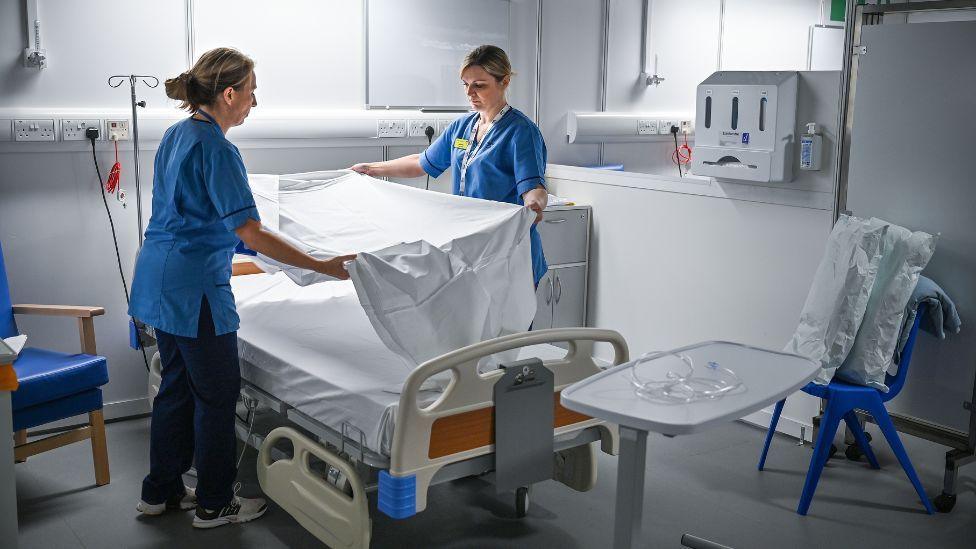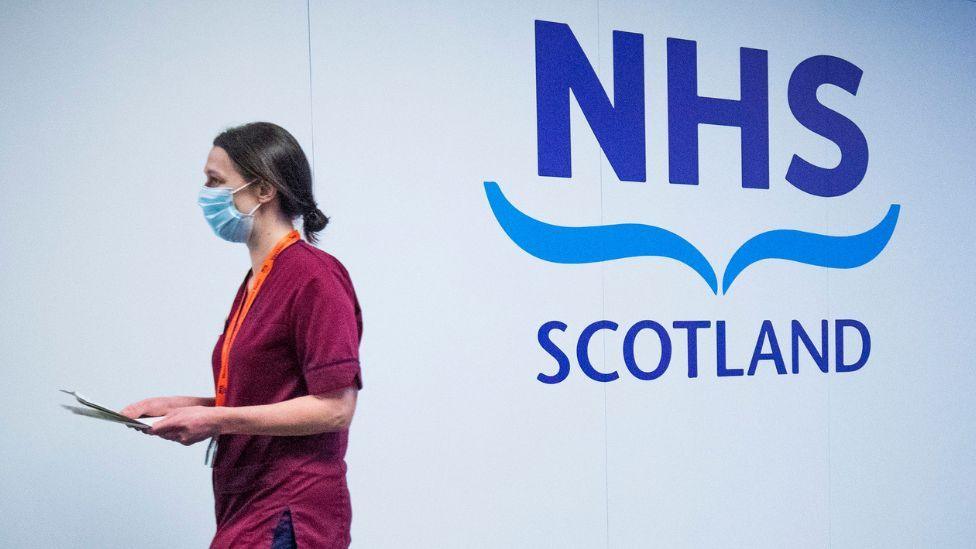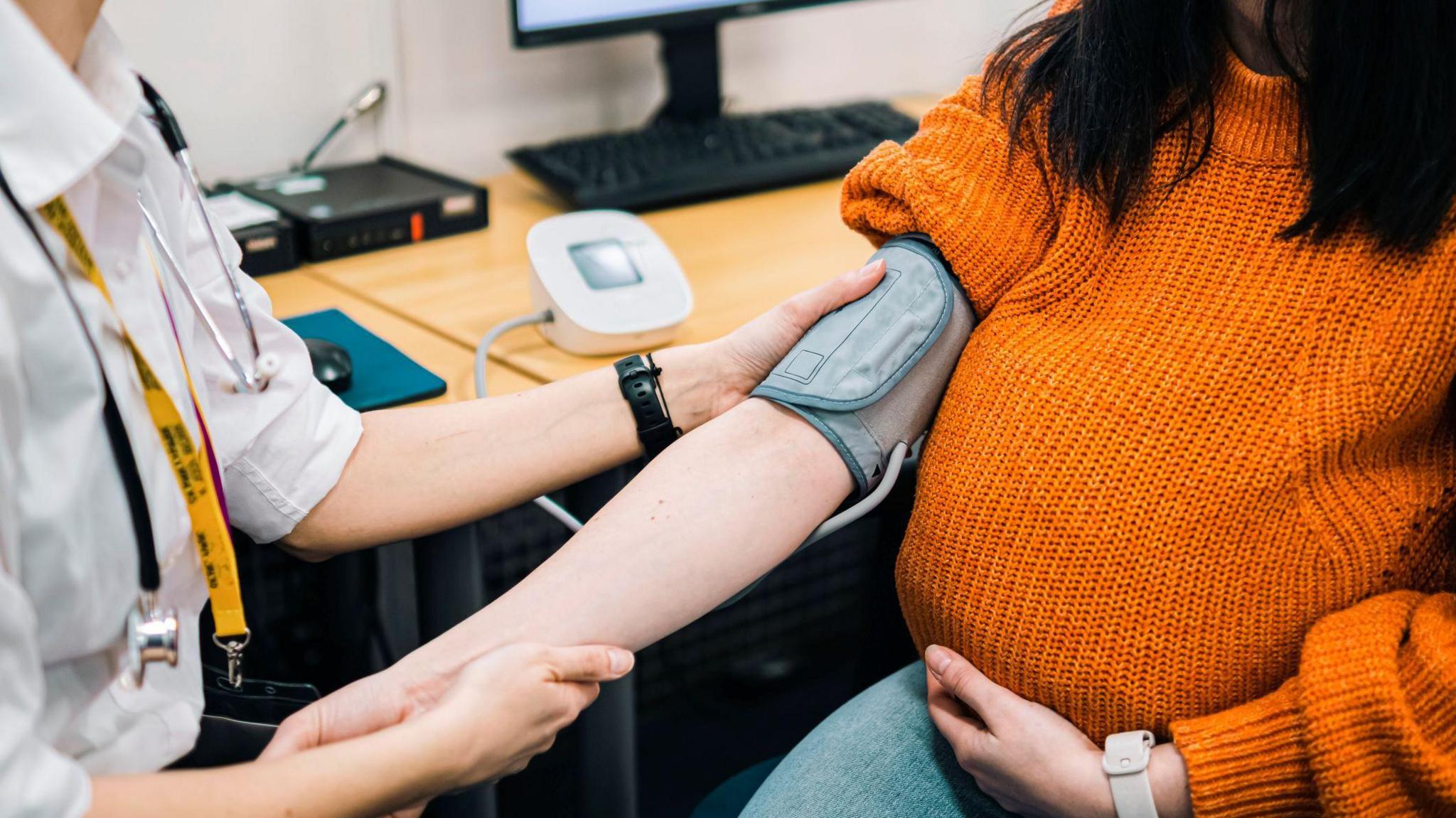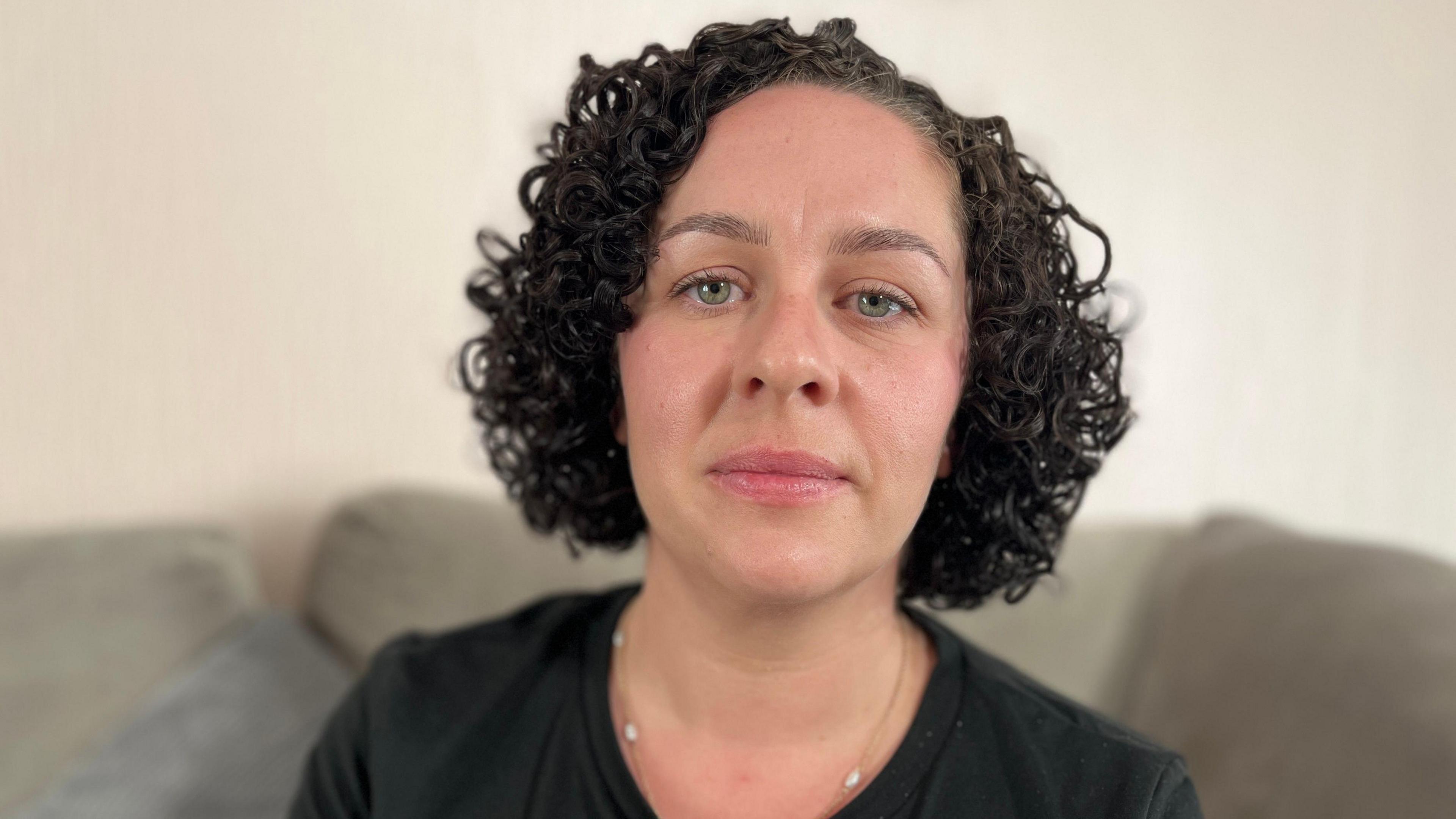What are the NHS waiting times where you live?

- Published
The number of people in Scotland waiting more than a year for an NHS appointment or treatment has fallen, new figures show.
The latest statistics published by Public Health Scotland (PHS) show that the number waiting more than a year had fallen from 85,000 at the end of September to 78,000 on 31 October.
The Scottish government has put its focus on tackling backlogs in the health service and has allocated more than £100m towards specialities with the longest waits, such as orthopaedics and ophthalmology.
It has also promised that by March next year no-one will wait over a year to see an NHS specialist or to start treatment.
Using this tool, you can find out what the current waiting times are in every health board area in Scotland.
Waits of more than a year were rare before the Covid pandemic but since then health boards have struggled to tackle backlogs and deal with increasing numbers of patients requiring care.
The PHS figures estimate that about one in nine people (618,447) in Scotland are on a NHS waiting list.
In total, there were almost 703,000 waits ongoing for an appointment or treatment on 31 October.
There are more waits than people on waiting lists as some patients are on multiple lists.
On average, patients were waiting 137 days for an inpatient appointment and 108 days for a new outpatient appointment.
Inpatient or day case appointments are for those attending a planned operation that require an overnight stay in hospital.
Outpatient appointments are for minor procedures, tests or consultations that do not require an overnight stay.
Additional figures from PHS show that one in 10 were waiting more than 480 days for an inpatient appointment, and a same proportion were waiting more than 354 days for an outpatient appointment.
The highest number of ongoing waits - for both inpatients and outpatients – across Scotland were for orthopaedics.
Its figure of 103,000 was followed by ophthalmology with 93,000 and general surgery with 90,000.
A total of 146,000 people are also waiting for the eight key diagnostic tests.
These are four endoscopy tests - upper endoscopy; lower endoscopy excluding colonoscopy; colonoscopy; and cystoscopy - and four radiology tests - CT scan; MRI scan; barium studies; and non-obstetric ultrasound.
Health Secretary Neil Gray said the latest figures showed that Scotland was "turning a corner" and that "our plan is working - long waits are reducing and we are treating patients more quickly".
However, Scottish Labour deputy leader Dame Jackie Baillie said the progress was "too little, too late" and Scottish Conservative health spokesman Dr Sandesh Gulhane described the figures as "appalling".

We know the NHS is one of the top concerns for Scottish voters, so it's no surprise that tackling waiting times has jumped right to the top of the agenda, six months out from a Holyrood election.
The government is targeting money at individual health boards and specialties with long waits, such as orthopaedics, urology and ophthalmology.
So far it seems to be making some difference with total waits down and a reduction in waits of over a year.
However, fewer than half of patients referred for an outpatient or inpatient appointment are being seen within the government target of 12 weeks.
Winter often sees the cancellation of non-urgent operations because hospitals get much busier and next month resident doctors, who make up almost half of the medical workforce, will decide whether to strike over pay - all of which could set back the progress that has been made.
Extra cash is being used to employ existing staff to work at weekends or in the evenings to get more people through the system.
But doctors have warned a sustainable longer term plan is needed if targets are to be met.
Related topics
- Published3 November

- Published14 October

- Published27 May
